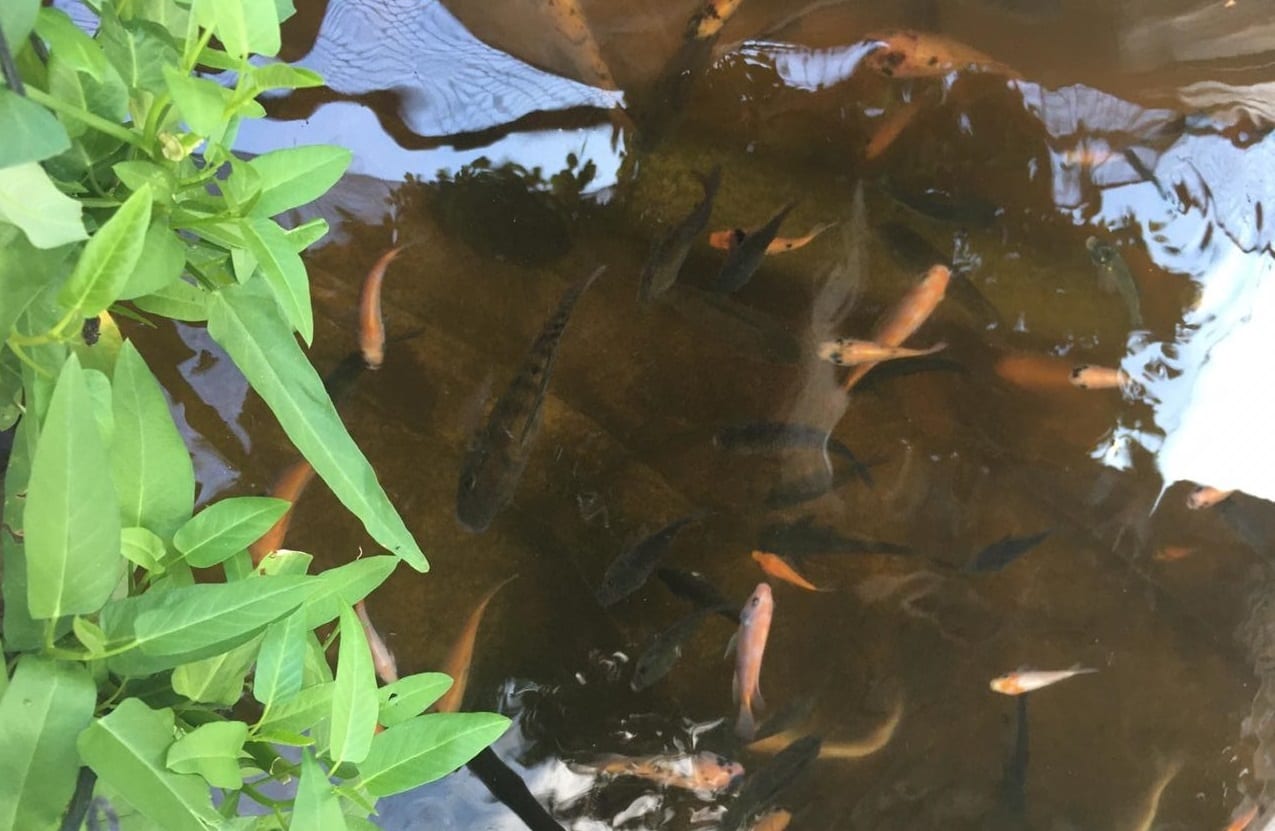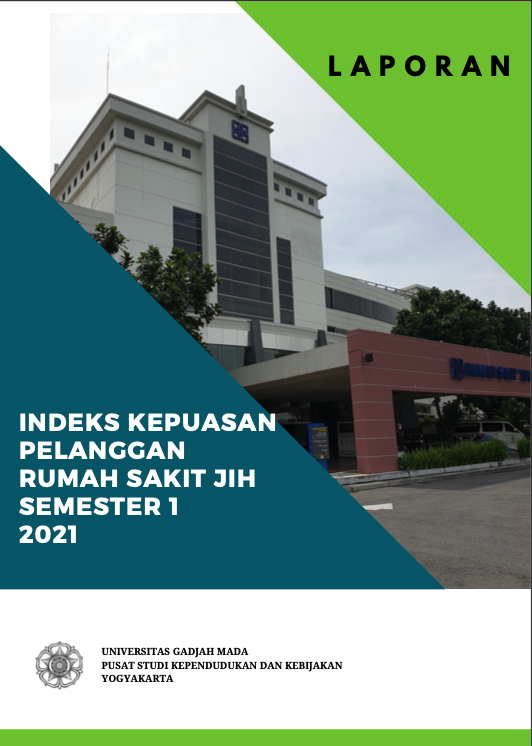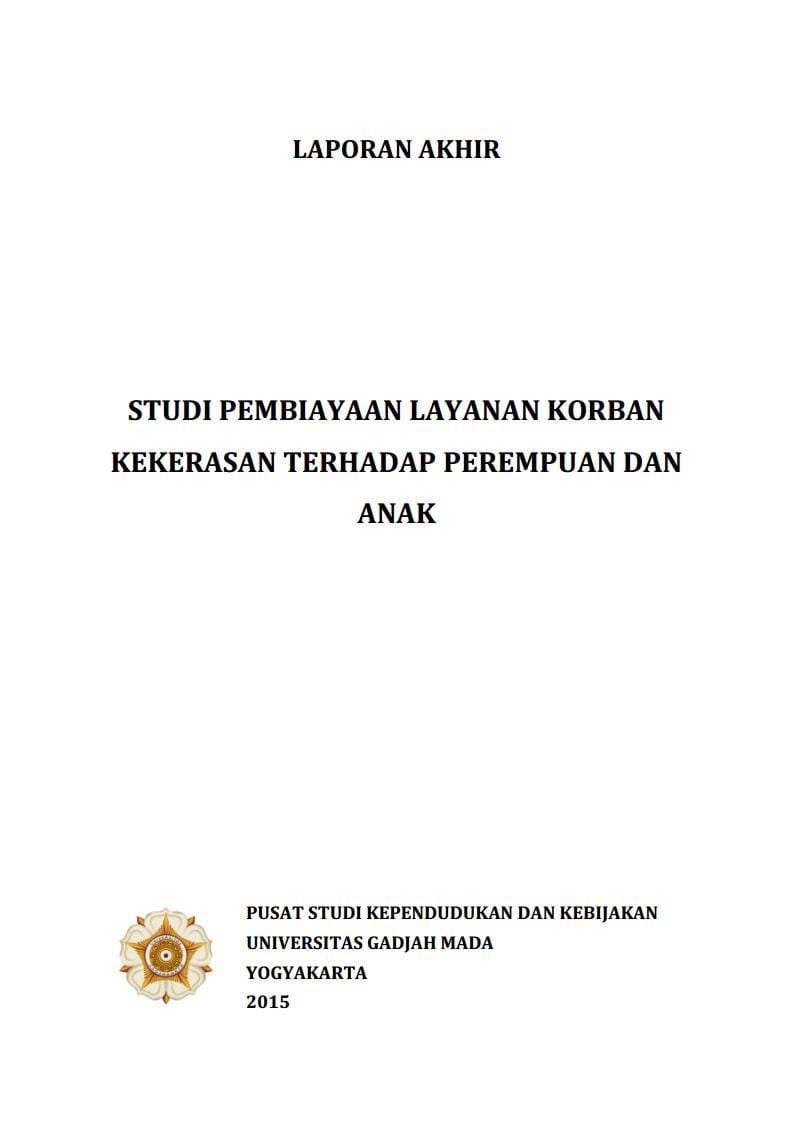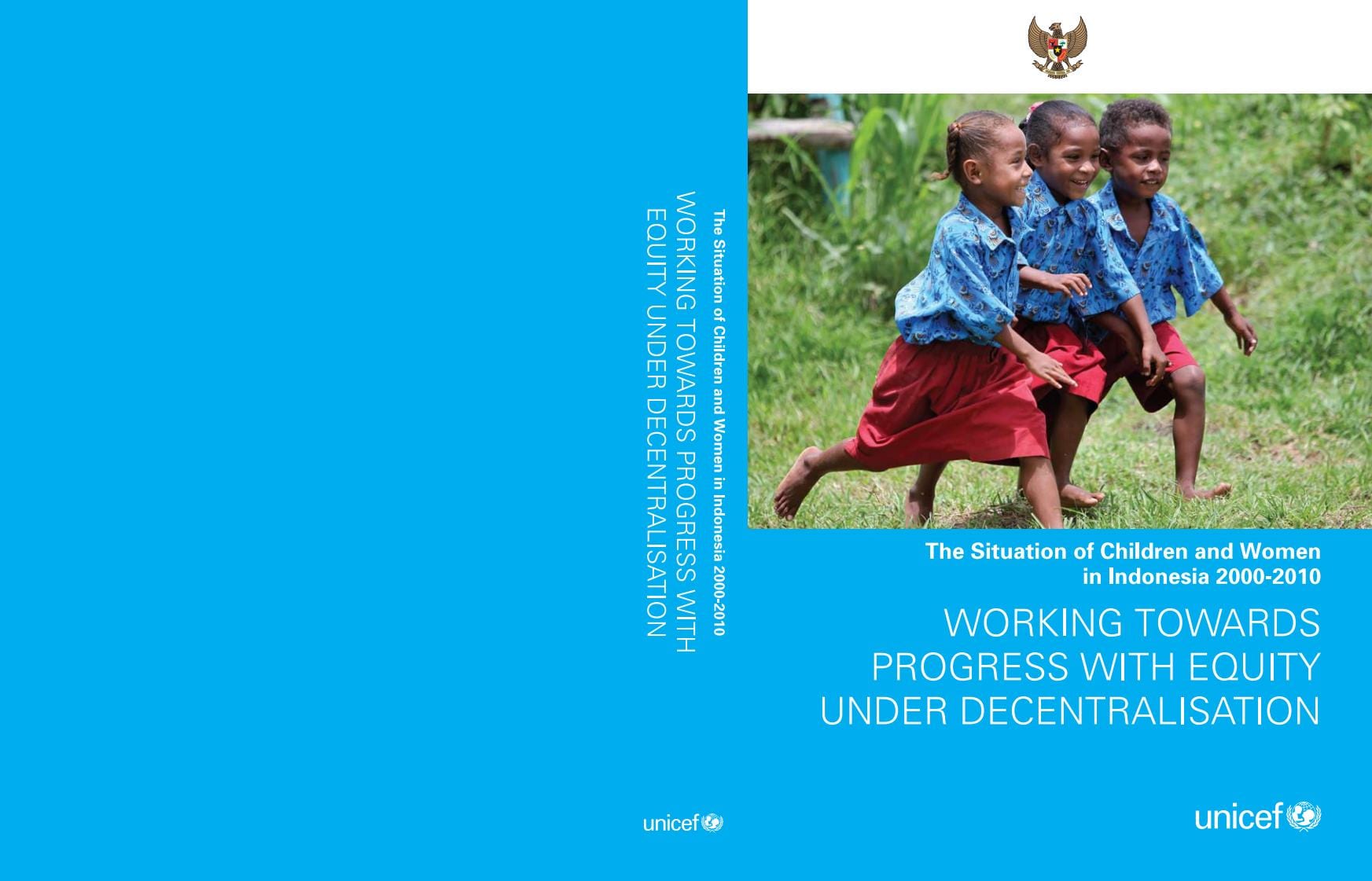Supporting Food Security in the Era of COVID-19, CPPS UGM Makes Urban Farming
|CPPS' News, Information, Main Slide, Media, Press Release

Yogyakarta – In addition to causing problems in global health and economic crisis, the World Food and Agriculture Organization (FAO) recalled that the COVID-19 pandemic can also cause a world food crisis. According to the FAO, the food crisis is predicted to begin in May-June 2020, and is even likely to continue for the next two years before the global situation returns to normal.
To support food self-sufficiency in the midst of COVID-19 pandemic, urban communities can utilize urban farming models, such as optimizing land or open space by creating community garden, roof garden or vertical garden. Also, developing urban farming model on limited land can also be done, such as vertical, hydroponic, and aquaponic gardens.
As one of referenced institutions for research in population and policy, Center for Population and Policy Studies (CPPS) UGM always seeks to ground the discourse it builds into the most practical and strategic actions needed in dealing with a crisis situation.
In facing the food crisis in the midst of COVID-19 pandemic, CPPS UGM initiate home gardening movement. For example, a researcher and CPPS UGM manager of media and publication, Hakimul Ikwan, made a home garden using urban farming systems (vertical, hydroponic, and aquaponic garden) in his yard.
Hakim said that he has planted many kinds of vegetables so far, such as spinach, kale, and mustard greens. Also, to support food self-sufficiency, he has made a simple fish pond for the cultivation of freshwater fish, such as tilapia, catfish, and carp.

Freshwater fish farming is also carried out by the Head of CPPS UGM, Agus Joko Pitoyo, by making a fish pond behind his house. He has also planted cassava as the way to support food security.
The same thing is done by Citra Sekarjati (a research assistant at CPPS UGM) who has made a vertical garden on her house wall. In addition to growing vegetables, she said that she likes to plant mint leaves because it benefits human health.
Besides, Sri Purwaningsih (a researcher at CPPS UGM) has also planted chili using pot on the porch in her house terrace, as well as Setiadi (a researcher at CPPS UGM) who has planted spinach using polybags as the planting media.

To support food security in urban areas, we can try to plant lowland vegetables, such as kale and spinach. The care for these vegetables is not too difficult and relatively quick to be harvested. Spinach and spinach are usually ready to be harvested at the age of 21-25 days.
In addition to the two vegetables, as reported by tirto.id, other food security groups that can independently be planted are tomatoes with a harvest period of 60 days, chili peppers in 70 days, tubers in 80 days, cucumber in 75 days, eggplant in 90 days, then mustard greens and caisim which are ready to harvest after 40 days of planting. Also, gardening for personal consumption can save the costs of vegetable purchasing and transportation by up to 50-60 percent.
Writer: Nuraini Ika | Language Editor: Rinta Alvionita




